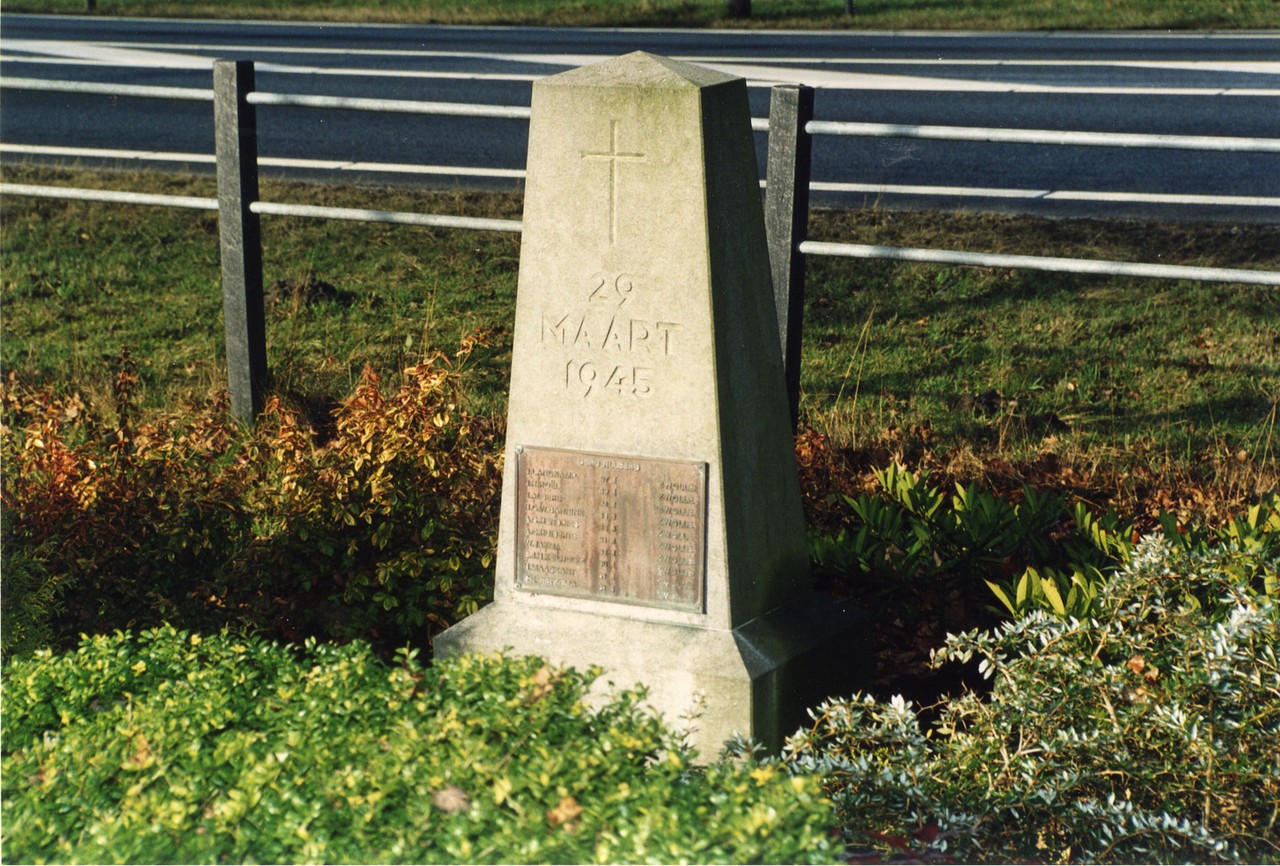It began when SD officer Zwiers entered the prison in Zwolle during the night of March 28–29, dragging men from their beds to be loaded into a closed van of the Sicherheitsdienst (SD). They were Johan Langkamp, Jacob Roël, Jacob Albers, Hendrik Bannink, William Jakma, Adriaan Hendriks, Albertus Huiberts, Edward Keilholtz, Hendrik Maaskant, Free Roskam, and Sico Sietzema. Shackled, they began their final journey toward Almelo.
In the cells of the Willem III barracks in Apeldoorn, the same fate awaited Hendrik Jordens, Hattias Boers, Berend Dijkman, and Lulof de Wilde. Like the Zwolle group, they knew their end was near. Almost simultaneously, both groups arrived at the prison on Markstraat in Almelo. Here, SD officer Veefkind added five more men to the doomed list: Reverend Pieter Wolfert, Herman Kampman, Johannes Verdriet, Jan Seckel, and Wietse Douwsma—bringing the total to twenty.
It was the intended number for execution, chosen seemingly at random. At exactly 6:30 a.m., the twenty prisoners were transported toward Wierden, escorted by about ten SD men who would carry out the sentence. Shortly before 7:00 a.m., ten men were forced to step out near the Ten Bos factory on Almelosestraat in Wierden, where they were executed by firing squad. The other ten met the same fate half an hour later in the hamlet of De Grimberg, between Wierden and Rijssen.
The executions were a reprisal for various Allied attacks on railway lines and transport hubs in the region. Seventeen victims were reburied in their hometowns. Wietse Douwsma, Jan Seckel, and Lulof de Wilde still rest at the cemetery in Wierden. The Resistance Monument on Almelosestraat in Wierden commemorates this horrific event so shortly before liberation.
